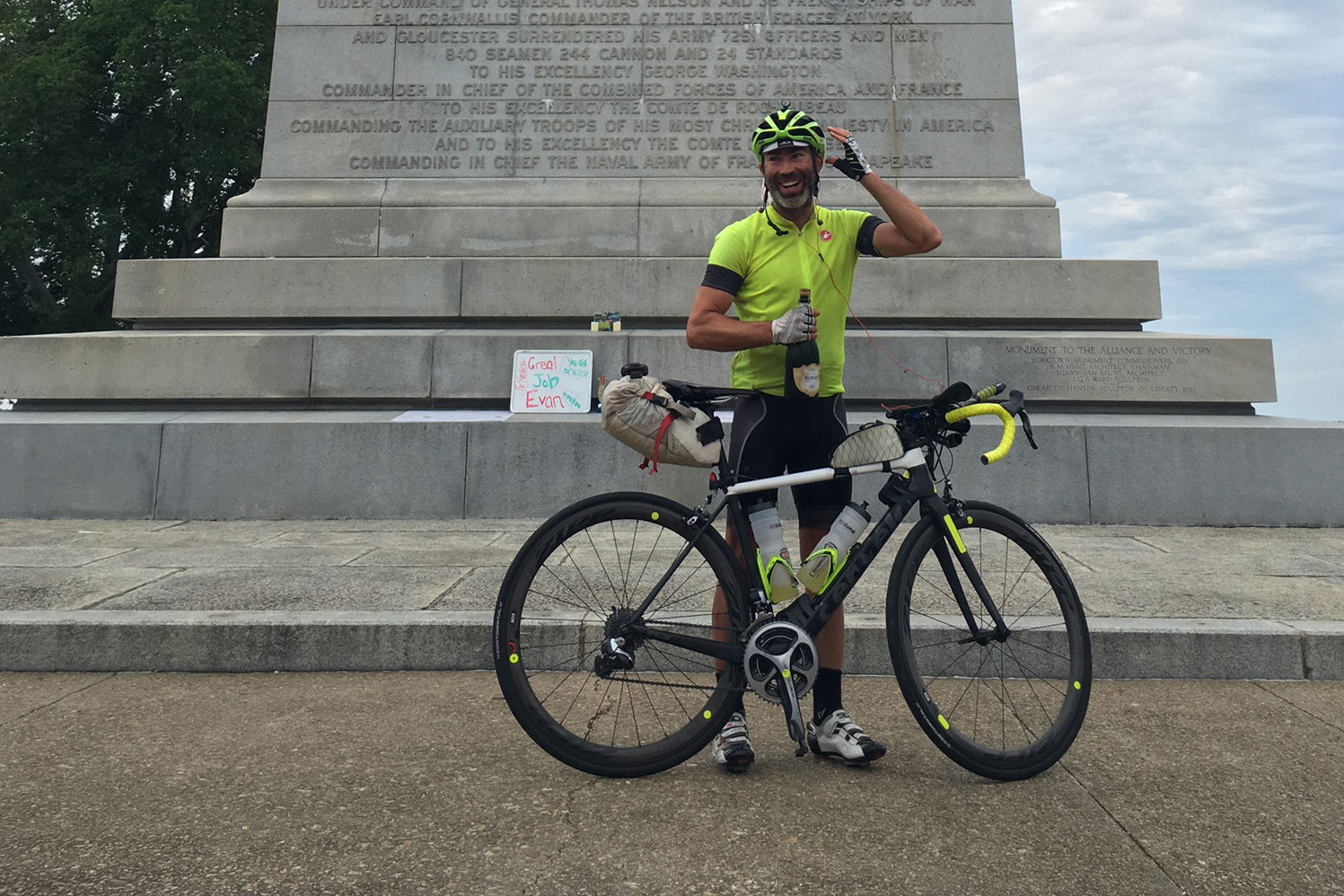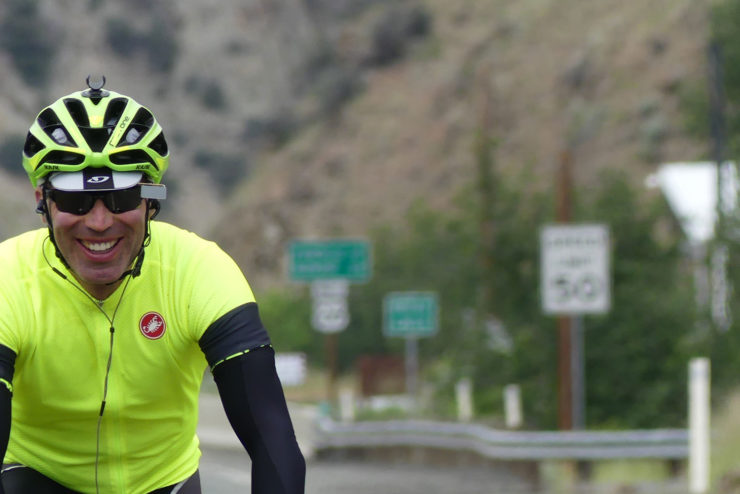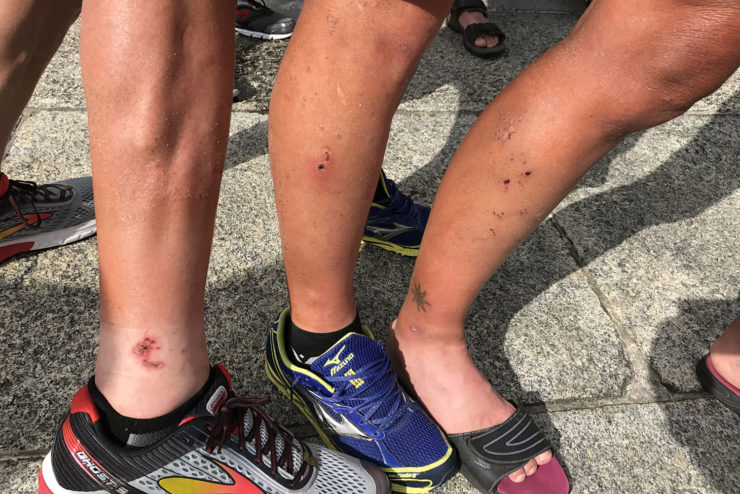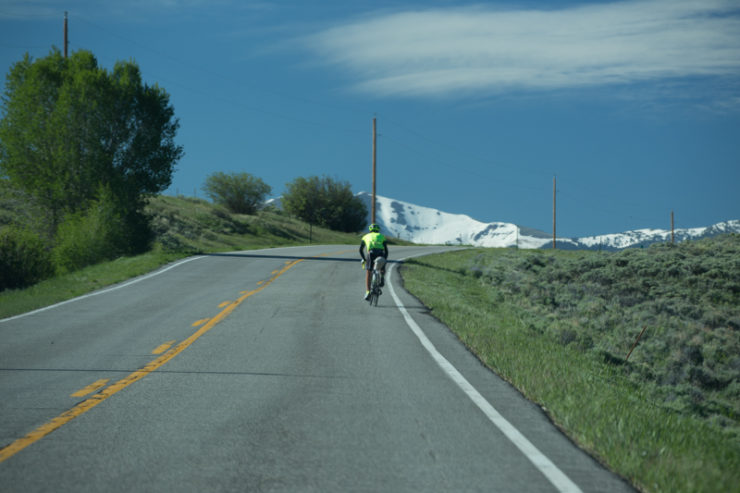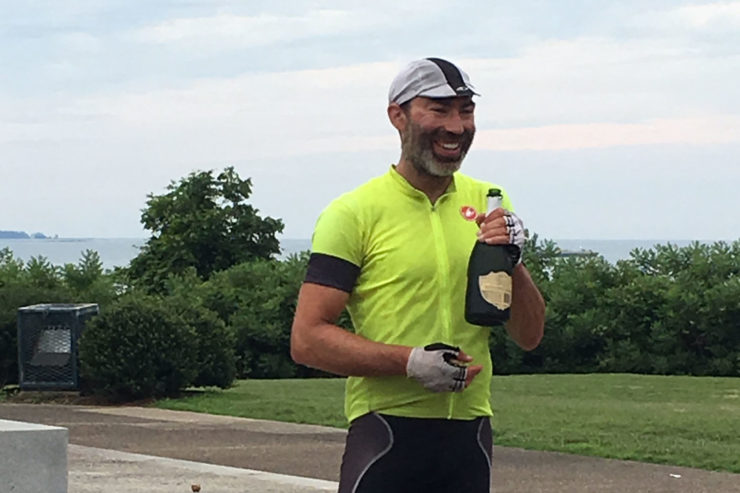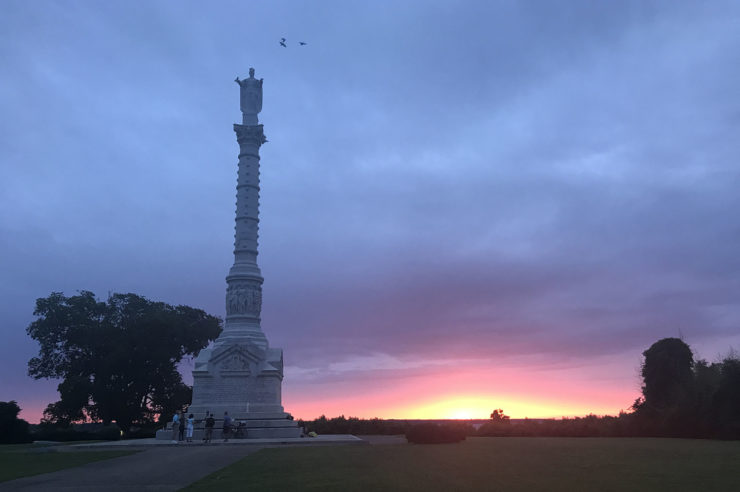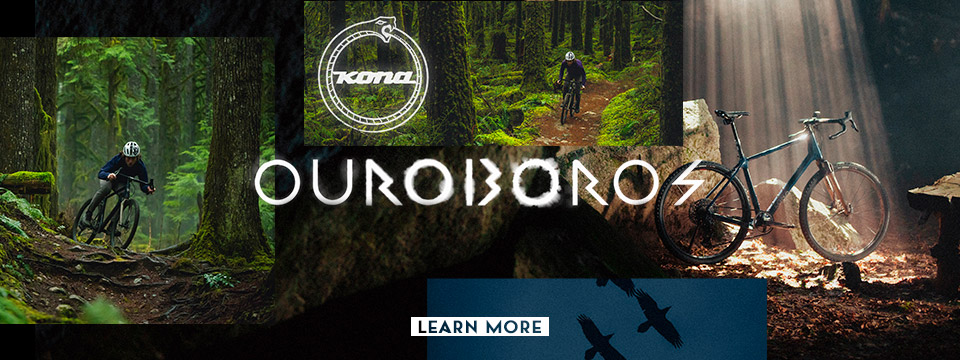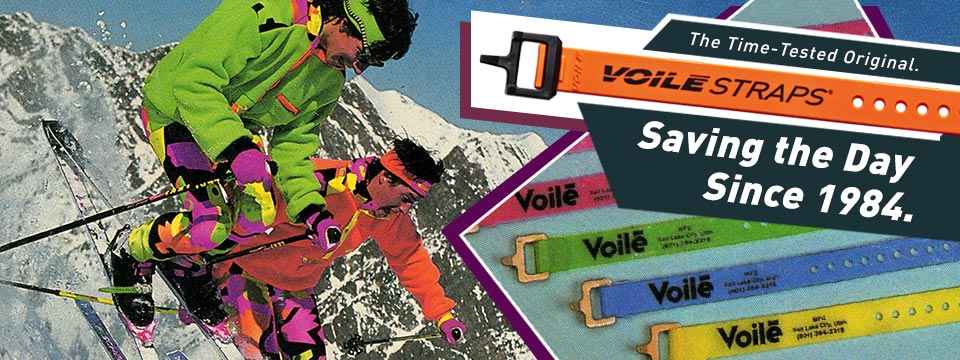Interview with Evan Deutsch, by Janie Hayes
The 2017 Trans Am Bike Race came to an historic end as Evan Deutsch broke Mike Hall’s course record with a finish in 17 days, 8 hours, 58 minutes. The top female, Janie Hayes, conducted this in depth interview with Evan about his record-setting performance and gear list…
PUBLISHED Jul 14, 2017
by Janie Hayes; main photo by Heidi Jo Cook
I met Evan during the first day of the Trans Am Bike Race in 2016. We covered a lot of conversational ground during the three hours we rode together: travel, bikepacking, racing, work, and why he likes nuts and I prefer Twinkies to fuel endurance sports. After watching his amazing race unfold this year, racing a couple of spots behind him on the road, I was eager to hear about how it went – and of course compare dog bite stories (we were both attacked by the same pit bull in eastern Kentucky). On a recent Sunday I reached him by phone in Portland. Here are some excerpts from our conversation.

You’ve finished second and third in previous Trans Am finishes. What motivated you to come back for a third time?
“I had two great experiences with the Trans Am in 2015 and 2016. However, I didn’t feel like I had given my best effort in regards to pure speed and race time – and a deep part of me wanted to do that. Still, I was conflicted for quite a while about whether committing to an ambitious goal for this race was something I should do.
I first needed to define my goals for racing. I try to be aware of my faults and look for ways to continue to improve as a person. I have done a fair bit of meditation, including multiple 10 day silent retreats. These are less natural for me than pushing my body through physical exertion and I find these experiences to be as difficult and intense as any bike racing that I have done.
Between the meditation and experience gained traveling through areas of the world lacking in wealth and privilege, I have come to realize how self-centered that I am. Much of this is a result of growing up in an environment very focused on personal achievement. Thus, I try to move toward being less ego driven and self-focused. Additionally, I sometimes wonder if I should have matured through the stage of being competitive.
Still, I cannot deny that I still maintain some of the strong competitive drive that defined my childhood. I knew that if I was going to race again this year, I needed to accept that drive without conflict. I needed to train to win, and I wanted to break the existing record set by Mike Hall.
My conflict about racing to win became even more complicated after Mike was killed in March in a car crash while racing. A few days after the race I wrote this FB post about those feelings, as well as the tragic death of fellow Trans Am racer Eric Fishbein.”
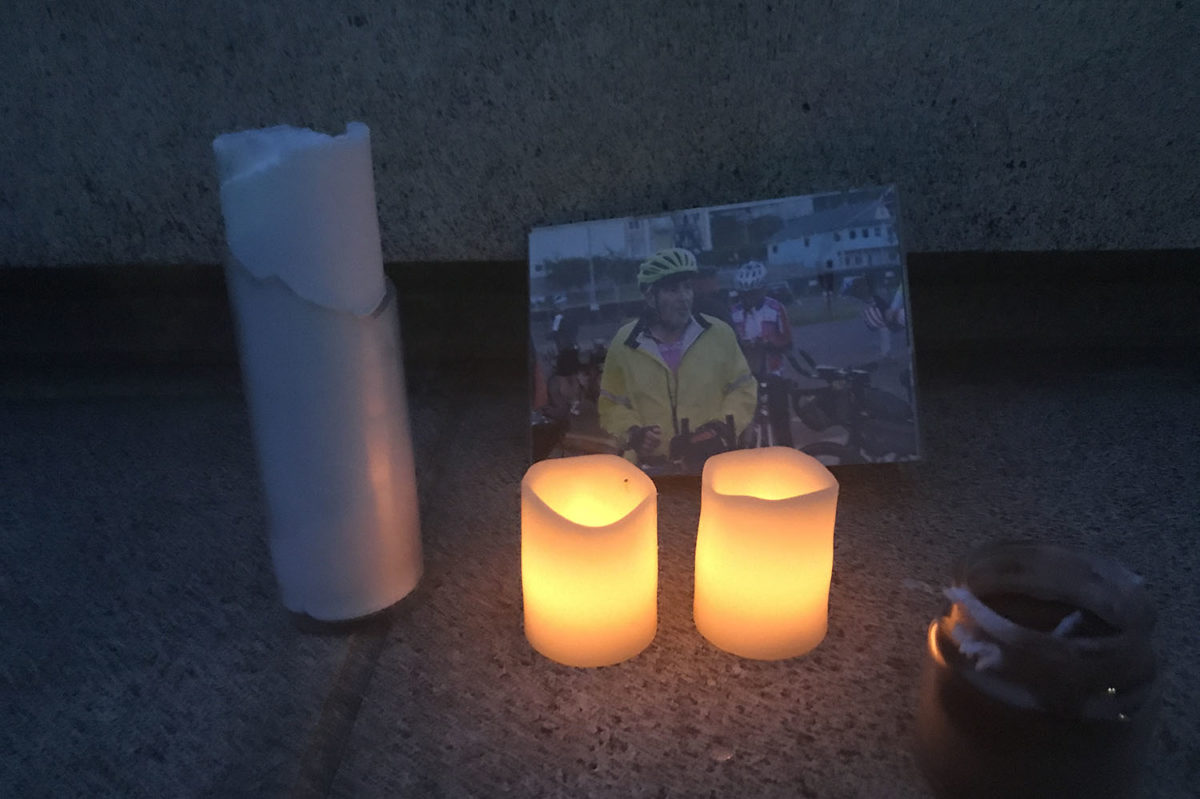
One of the things I found quite challenging, but also useful, was developing a strategy for executing the race that would meet my goals. What was your overall strategy for the race?
“The central part of my strategy was to race my own race. For the first week of the race I was not looking at the tracker. I think that the biggest piece to racing a race this long is to not be racing, especially early on. In my view, that is probably the biggest mistake that people make. Going into Baker City, for example [which is about 500 miles into the race], people are telling you, “You’re 20 miles behind so-and-so.” From my perspective, what they really should be saying is, “You have 3,760 miles to go and so-and-so has 3740 miles.”
Before the race, I considered how much sleep I would need, how I would deal with the inevitable aches/pains/injuries that arise, and how to know when to push on and when to rest. A lot of that decision making comes from experience, but it also comes from really listening to yourself – your body and your mind.
And while a plan is important, you have to remain flexible. You have to be willing to alter that plan, even on day one. This year, I planned to ride through the first night, as that had worked well for me the year before. But at about 10pm, I just wasn’t feeling good, so I decided to bag that plan and sleep. Unfortunately, you only know in hindsight how well your decisions have played out, and sometimes you don’t make the right decisions in the moment. But I’ve gained confidence I can work through bad patches and come out the other side.”
This year you didn’t take the lead until Kansas, nearly halfway into the race. Was there a critical turning point in the race for you?
“The pace at the front of the race over the first few days was really fast, due to weather conditions and an aggressive, deep field [133 racers started, compared to 70 last year]. When we got to the plains of southern Wyoming, though, things changed as we faced extremely strong head- and crosswinds. The day that I spent riding from Lander Wyoming to Walden Colorado was probably the single hardest day I have ever spent on a bike. The cross-headwind was so strong that we were being blown from the shoulder into the road. I got a flat during that section and I almost couldn’t get to my flat kit in the bottom of my bag because everything I took out was blowing away. I finally had to remove each piece of gear individually and carefully kneel on it just to change the tube.
Riding into that kind of wind also changes your body mechanics as you are leaning on one side into the wind. By the time I finally made it to Walden, Colorado that night, my left leg was seized up, my right knee hurt, and my left Achilles was in incredible pain. When I got off the bike, I could barely walk. I laid down that night in the motel bed and the pressure of being under the sheets hurt so much that I just stayed on top. I didn’t set an alarm and thought there was a good chance I wouldn’t get on the bike the next day.
When I woke up, I found I could still pedal, despite the painful Achilles. That day I made my goal to just keep it together. That meant not just giving up, and to still try to do what I could to stay mentally focused on the fact that I was racing. As the day went on I started to feel better. In fact, climbing over Hoosier Pass [the high point of the course] was one of the highlights of my race. I came into Fairplay, after the descent down Hoosier, in early evening. I felt great, but given my condition the previous night, I suspected I was probably more tired than I felt, so I made the decision to stop and sleep early. It’s always difficult to stop when you feel good. In retrospect, deciding to not push into the night was one of the most important decisions I made.
With some extra rest, my legs felt great and the next day turned out to be my biggest mileage day of the race by far, at 320 miles from Fairplay to Leoti, Kansas. It was a tough day mentally. It was near 100 degrees and there were cross-headwinds for most of it. It was a Sunday and all stores were closed with no water for long stretches. I was lucky to find a hotel in Eads owned by a nice couple who let me enjoy the air conditioner and gave me water and Pringles. I was able to fuel a lot of miles on that can of Pringles.
This was the day that I took the lead, passing Jon who had stopped in Eads, Colorado. But I didn’t know that at the time. As I was riding into the night to Leoti, I kept seeing what I thought was Jon’s taillight. I was excited to catch him to have some company, but every time I got to that red light it turned out to be a light from a farmhouse.”

You averaged nearly 250 miles per day for over 17 days, which is an incredible feat of cycling – even more impressive given the fact that you were self-supported. How did you train this year?
“I didn’t get serious about my training until January. I’m lucky enough to have a lot of flexibility in my job, which meant that I was able to use bikepacking trips early in the year to get in base miles. I spent January cycling in Patagonia with my friend Andy Lawrence, who I met during the Tour Aotearoa in New Zealand the year before. I then flew to Colombia and cycled solo across the country on dirt roads. Colombia was absolutely fantastic for bike packing with a very vibrant, friendly culture and varied, extremely mountainous terrain. I rode fairly long many of the days, but not so hard as to break my body down.
When I came back from Colombia, I had a more stable schedule and hired Greg Grandgeorge as a coach [Janie and Evan were both coached by the same coach in the lead up to the race]. We only had about 2 ½ months together, which is really about the minimum amount of time needed to make any gains in fitness. Greg was great. It was clear right away that he is very scientific and evidence-based in his approach, and I quickly developed a deep confidence in how he went about coaching. I spent a good amount of time indoors on the trainer during a rainy Oregon spring. The trainer allows for efficient, focused training that I could squeeze in before work. Greg was less focused on pushing the volume of miles and instead had me training at higher intensities than I was accustomed. My body responded well to it, and that gave me a lot of confidence going into the race.”
The atmosphere this year felt really positive to me, with tons of support from dot watchers during the race and a lot of camaraderie among riders, especially at the finish. What was your experience?
“The camaraderie to me is the single greatest aspect of this sport. There is a great bond amongst racers and I have made many lifetime friends through these events. The support from the dot watchers is so appreciated. I hear people mention that I was always smiling. Believe me, there were many times when I was struggling in the wind, heat or just fighting exhaustion and was far from smiling. When you see someone out on the course, however, it cheers you up and gives you a nice energy boost. You can’t help but smile in these moments.
Of course, nothing cemented that bond like sharing the love from a free roaming Eastern Kentucky canines with fellow riders! Unbelievable that you, Jon, and I were bitten by the same Pit Bull. I know that you had to take some time off course to get your Rabies vaccine. As luck would have it, I was bitten a couple times while riding through Colombia so had my vaccines all updated. Seems like dogs just love me!
The finish was phenomenal. When I got to the monument, dozens of Jon’s family were there cheering for me. I was almost surprised at how genuinely excited they were for me. That added such significance to my finish. The larger field with more riders finishing close to each other added to the great atmosphere.
I was also really impressed with the caliber of riders this year, not just as athletes but also as people. I only got to ride for about 20 miles with Jon during the race, but I immediately had a great impression of him. It was obvious he is an extremely strong rider and was very prepared. I think what he accomplished as a rookie racer finishing in second in a very good time on what I consider a “slower” course due to winds was extraordinary.
It was also really special seeing you have such a good race and round out the top three. Last year when we rode together on day one, I could tell that we had a similar approach to the race, as well as athletic background. It was impressive to watch you decide to come back again this year to race to your potential, and put a plan in place to make it happen. I think people underestimate how strong you are on a bike—perhaps it is all of the pink that you wear!”
Gee, thanks, Evan. I’m blushing (in pink). But non-traditional groups of athletes do seem to shine in ultra-racing – particularly females and athletes over 40. In fact, Bikepacking.com published this article a couple of years ago. You’re 43 years old, and part of this trend. Any thoughts?
“I think the issue with older racers winning is that this type of racing is more mental than physical. For most people, it takes time to develop the mental focus to do well over multi-day events. I am not sure exactly how to describe this, but it seems that you can push deeper with maturity. On the physical side, endurance builds over years rather than through one season. Experience is key. I do think that as interest in the sport grows, we’ll start to see younger racers doing better, assuming they are starting to gather the experience at a younger age.
The trend towards women excelling is one of the most remarkable things about this sport. A lot of sports physiologists have felt for a long time that women can be as good as men at very long distances. I am not an expert in physiology, but what I can speak to is the mental aspect. It’s a gross generalization, but as a whole I have observed that women are better able to rein in their egos than men. This allows them to pace better, which is a critical. Then it just comes down to having mental toughness, which should not differ between men and women.
Right now, it’s cool to see a handful of talented and fast women – Lael Wilcox, Sarah Hammond and yourself come to mind – who are competitive with the top men. I’ve witnessed all of you as riders, and one observation is that you all bring different strengths to your racing. This is exciting, and there’s a lot of room for more women to enter the field.”

I totally agree, and I’ve seen a growing interest just among women I have met over the last year. Imagine how different racing would look if an equal number of men and women participated in these races. One issue seems to be that, while a lot of women love to bikepack, they don’t see themselves as “racers.” I know you love both. How do you think about the differences?
“I approach them as two entirely different activities, each with its own purpose and benefits. My nature is to be slow moving and, while touring, I can get lost in time simply trying to select the optimal avocado. Yes, it can be a challenge finding just the right softness to be ripe enough to eat but still be able to survive an entire day bouncing around in your bike bags. In contrast, during the Trans Am, there were a few times when I was so mentally fatigued, yet focused on continuing to stay on the bike, that I just walked into a store, filled my bottles, grabbed 15 of the same granola bar and continued on.
The thing I most enjoy about bikepacking is learning about new cultures and having new adventures in places you might not be able to explore otherwise. I travel on a mountain bike and have been fortunate to be able to bikepack over the last couple of years in Myanmar, New Zealand, Patagonia, and Colombia. Today with GPS, Google maps and other tools, route finding options are endless and don’t require much planning ahead. Most of the world is filled with non-paved roads and that is a fantastic advantage.
There are certain things, however, you experience racing that you can’t experience another way. Racing breaks down your defenses and everything from the highs to the lows is heightened and more intense. Racing has also taught me that I can travel light and that I don’t need much to be comfortable.”
This year you traveled very light in the Trans Am. Did you whittle down your packing list from last year – and if so, how?
“I had a similar pack list to last year. I go minimal when it comes to creature comforts – don’t bring a lot of ‘in between’ clothes, just the basics. You can ruin your race if you get too cold – a so I have warm gloves, shoe covers, a down jacket, wool socks and hat. Despite going minimalist in clothes, I don’t skimp on safety or gear that can prevent catastrophic failure. I have two bright blinking lights, two strong lights for both safety and visibility at night. I probably take more repair equipment than some riders: I carry 3 tubes, multiple tire boots, and this year I brought Co2 cartridges which was lucky because my pump broke.”
Are you giving any thought yet to what’s next?
“It’s funny. The last week of the race, I told myself I needed to take a long break from racing. Just a couple weeks after the race, however, I was at my local bike shop Cyclepath talking about a custom gravel bike for a race like the Tour Divide. I’m not committed at this point, but I can’t deny that my brain is already musing. I have raced the Tour Divide twice but I don’t feel I have given it my best effort towards a fast time.
In the near-term, though, I need to give my body and mind some time to heal and enjoy other things. I have a banjo camp coming up in September. I have almost no innate musical talent but love playing and listening to old-time music. And you can’t deny the cool factor of banjo camp…
From mid-September into October, I am planning on taking my Dad on a road trip following the Trans Am bike route. He was always so supportive of all of my athletic endeavors and adventures. He has Alzheimer’s Disease and was unable to follow what was happing this year. We used to do bike trips together and this will be a way to share this beautiful route and experience with him. We will have bikes with us but will be limited to riding 10 miles or so a day on flat terrain. Still, it will be a bicycle trip and I am trying to cherish the time that we still have together. Spending time with him teaches me to adjust my expectations and reminds me that life is not simply about forming new memories but finding joy in the moment.”
Evan’s Equipment/Gear list
- Bike: Cervelo R3 fitted and built up by Cyclepath in Portland, OR
- Wheels: Zipp 303
- Components: Dura Ace Di2 with 50/34 compact crankset and 11/28 cassette
- Additions: Stages power meter, Zipp Carbon Aero Bar
- Tires: Continental GP 4000s (tires replaced mid-race)
- Saddle: Fizik Antares Versus, angled nose down to allow for riding comfortably in aero bars
- Computer: 2 Garmin Edge 810
- Headlights: Exposure Toro mounted on bike, Exposure Diablo on helmet
- Most trick piece of kit: Custom clip that allowed Diablo Light to be stored under aero bar made by Hub Cyclery in Bend, OR
- Tailights: 2 Planet Bike Superflash Turbo battery powered lights
- Saddle Bag: Revelate Ermine
- Top tube bag: Oveja Negra customized Large Snack Pack
- Shelter: SOL Bivy
- Handlebar bag: Revelate Mountain Feedbag with custom pockets added by Rugged Thread in Bend, OR
- Pump: Lezyne Carbon Rode Drive with 2 CO2 cartridges for quicker flat repair (served crucial as back-up when pump broke)
- Electronics: Di2 charger, large cache battery for charging needs during the day, usb wall chargers/cords for charging in motel
- Repair: Leatherman Squirt, Ritchey 5 Nm Torque Key with all the individual bit sizes for my bike, Chain tool taken off Lezyne multi-tool, Various replacement bolts, chain links, spare derailleur hanger, spare spokes, spoke wrench
- First aid kit: Snack size ziplock bag with alcohol pads and 12 gauge needle (for draining blisters, abscesses or other unidentifiable lumps), small bit of Neosporin + duct tape!
- Raingear: Showers Pass Spring Classic Jacket, Showers Pass Waterproof Cap, Endura 3/4 Rain Pants, Pearl Izumi PRO Barrier Gloves, Pearl Izumi PRO Barrier Light Shoe Covers
- Warm Gear: Pearl izumi arm and knee warmers, Swiftwick wool socks, Ice Breaker Wool Cap, Patagonia Down Jacket
- Additions: 3 spare tubes taped to bike + valve extenders given deeper wheels + presta/shraeder converter to allow use of gas station air hose
- Personal effects: 2 Tins of Assos Chamois Cream–refilled at every opportunity and small bit of Dr. Bronner’s liquid soap to clean bibs when possible
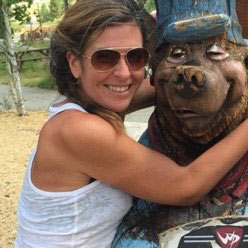
About Janie Hayes
Janie has been cycling since she was four, when she found a bike and taught herself to ride it – much to the chagrin of her parents. Since then she has taken a shine to triathlon, road racing, bikepacking, ultra-endurance bike racing, meandering on a mountain bike – and coconut cake. She and her husband Jimmy share a love of exploring and have lived in Cyprus, Malawi, Austin, and Washington DC. They now make their home near the trails in Salida, Colorado. Find her on Instagram @janieseestheworld.
Thanks for putting together this fantastic interview, Janie. And many congrats and to Evan for the impressive finish. For more on the event, see the record in our calendar. Also, check out last year’s interview with Lael Wilcox.
Please keep the conversation civil, constructive, and inclusive, or your comment will be removed.
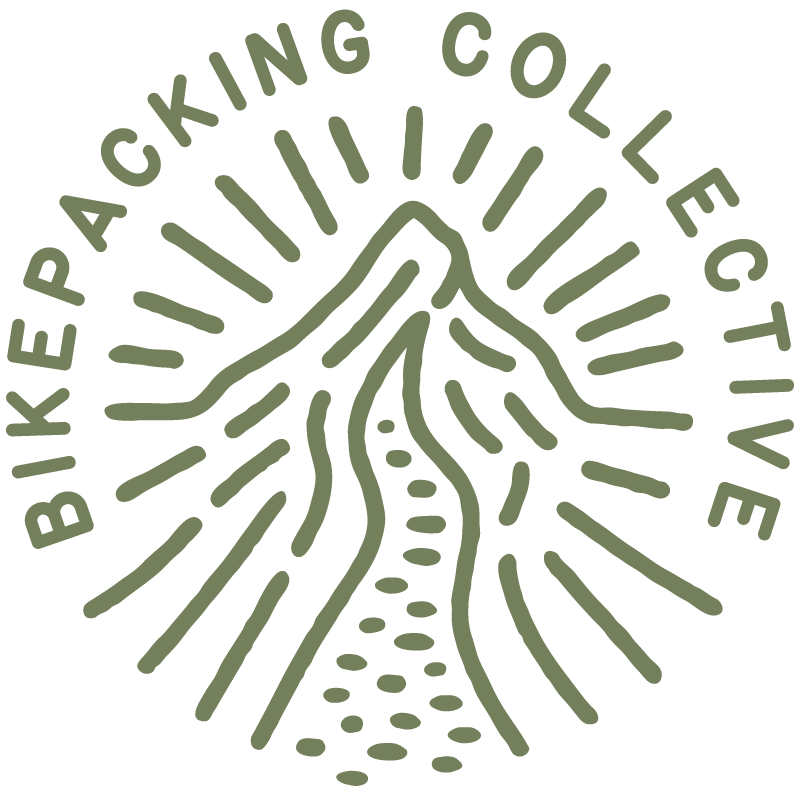
We're independent
and member-supported.
Join the Bikepacking Collective to make our work possible:






